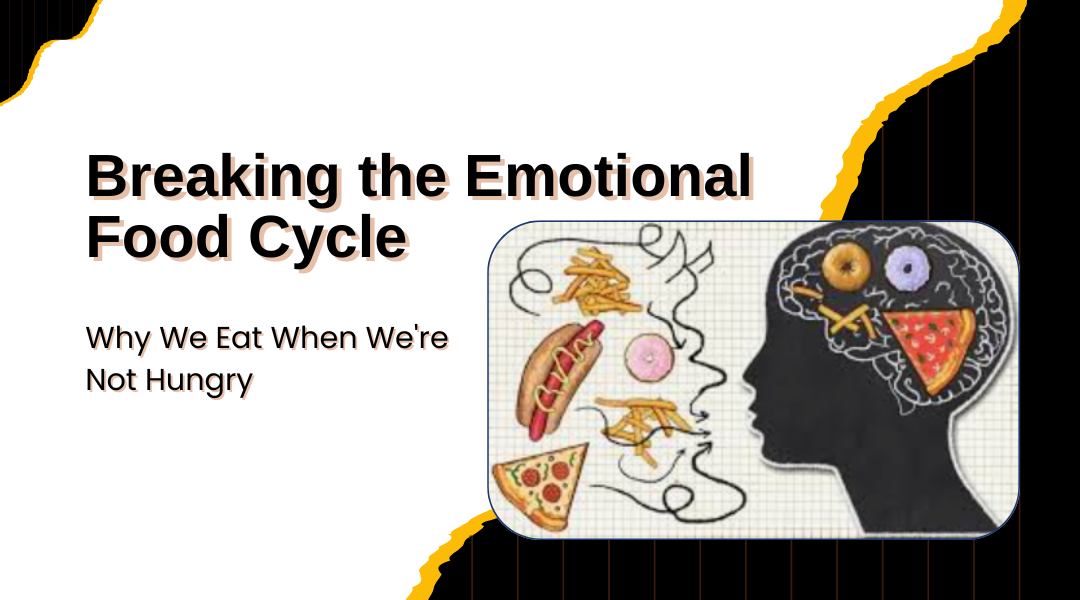Standing in front of the fridge after a stressful work call, mindlessly polishing off a bag of chips when we’re lonely, or diving into ice cream after a bad date. Emotional eating isn’t about hunger; it’s about using food as therapy, reward, or distraction. After helping hundreds of clients untangle their food-emotion knots, here’s what actually works.
Your Brain’s Junk Food Hotline
Our wiring makes this tougher than pure willpower:
- Stress eating = Ancient survival mechanism (cortisol craves quick energy)
- Boredom snacks = Dopamine-seeking behavior (like social media scrolling)
- Comfort foods = Childhood neural pathways (mom’s cookies = safety)
Real case: My client Mark realized he always ordered pizza on Sunday nights – not because he was hungry, but because it distracted him from Monday anxiety.
The 5 Most Common Triggers (And How to Hack Them)
- The 3PM Stress Crash
- What happens: Blood sugar dips + work stress = vending machine raid
- Try instead: 5-minute walk outside + handful of almonds
- Netflix & Nibble Syndrome
- What happens: Hands automatically reach for snacks when screens turn on
- Try instead: Brush teeth before shows or chew cinnamon gum
- Relationship Hunger
- What happens: Fighting with partner → pint of Ben & Jerry’s
- Try instead: Call a friend first – often 10 minutes of venting removes the urge
- Achievement Eating
- What happens: “I worked hard, I deserve this!” mentality
- Try instead: Non-food rewards like a new book or long bath
- Decision Fatigue
- What happens: Too many choices → “Screw it, just give me fries”
- Try instead: Keep 3 easy, healthy meals on constant rotation
The Food-Mood Journal That Actually Works
Forget calorie counting. Try this 3-day experiment:
- Note what you ate
- Record what happened 30 mins before (argument? boring meeting?)
- Rate true hunger 1-10 (1=not hungry, 10=starving)
Client breakthrough: Emily discovered 80% of her snacking happened during work Zooms where she kept mute on. Now she doodles instead.
When Cravings Attack: The 15-Minute Rule
Set a timer when urges hit and:
- Organize a drawer
- Do a 5-minute workout
- Call someone you love
Why it works: Most emotional cravings fade in 9-13 minutes if you disrupt the pattern
Rebuilding Your Food Relationships
- Comfort foods aren’t bad – just add veggies to mac & cheese
- Stock “emergency snacks” – dark chocolate instead of milk
- Redefine treats – a perfect peach can be as satisfying as cake
Final thought: Emotional eating isn’t failure – it’s your body trying to care for you in the only way it knows how. The goal isn’t perfection, but awareness. Next time you reach for food when you’re not hungry, pause and ask: “What do I really need right now?” The answer might surprise you.
Tonight’s challenge: When a craving hits, drink a glass of water and wait 10 minutes before eating. Notice what changes.
